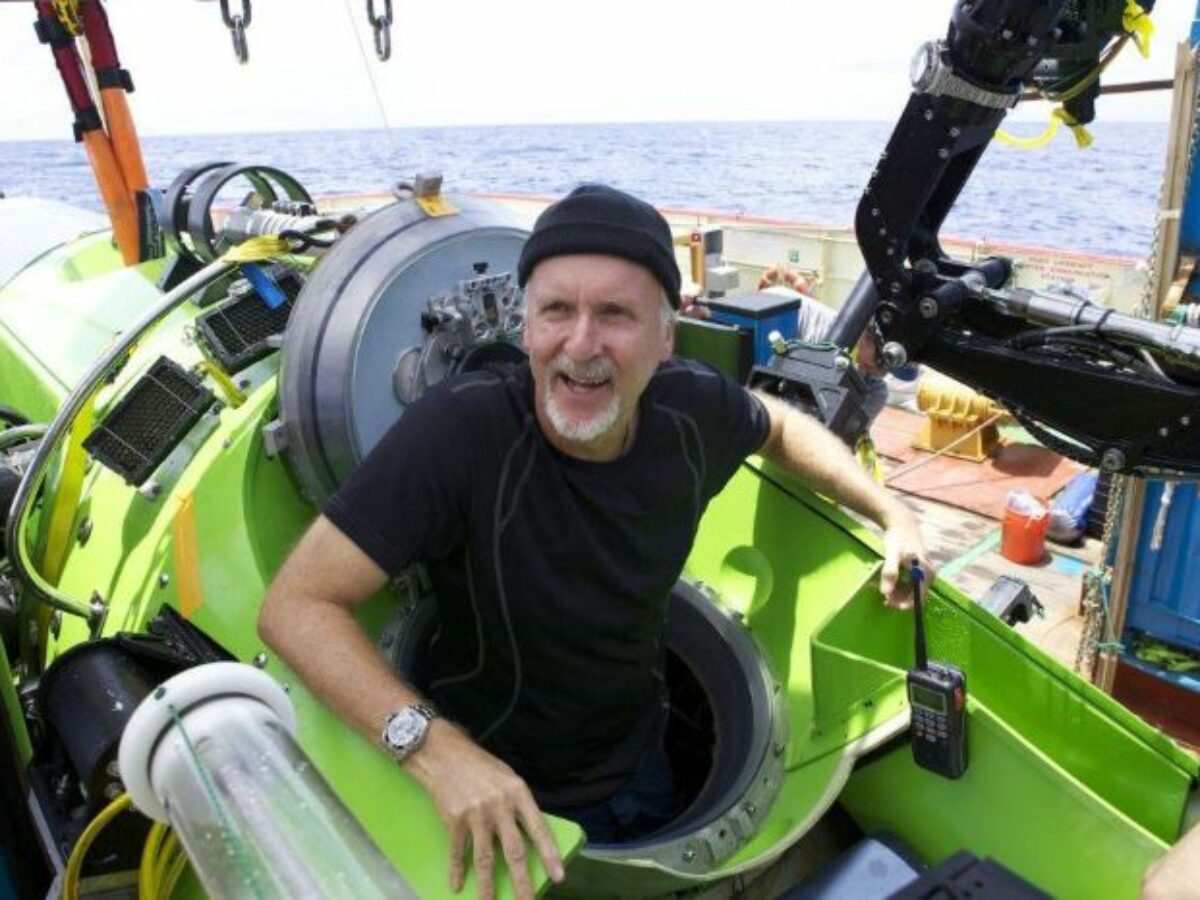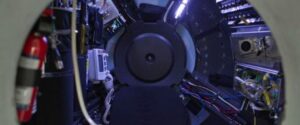Composites – surviving the Titanic pressures of the oceans depths

Australians were rightly aghast when the titanium and composites underwater vehicle Titan failed during an inspection tour of the wreck of the Titanic. This story on the voyage to the bottom of the deepest part of the oceans by film maker James Cameron, first published in June 2012, illustrates the efforts that go to making composite structures safe, and some of the strengths of the Australian composites sector.
“I’ve always dreamed of diving to the deepest place in the oceans. For me it went from a boyhood fantasy to a real que…” – James Cameron.
James Cameron‘s successful record-breaking descent of 11 kilometers to the bottom of the Mariana Trench in the 7.3 meter-long (24 feet) DEEPSEA CHALLENGER was completed on March 26 2012.
The expedition is the centrepiece of DEEPSEA CHALLENGE, a joint scientific project by Cameron, the National Geographic Society and Rolex to conduct deep-ocean research.
To withstand the massive pressures at these extreme depths, Cameron and co-designer Ron Allum from Acheron Project, Sydney, consulted with structural engineering advisor, Phil Durbin from Finite Elements Australia, Tasmania for seven years.
One of the greatest challenges was designing and building the 5.8 metre long main section of the submersible, to withstand 16,500 psi / 114 MPa of sea pressure at the maximum depth.
This main beam, the largest single component of the sub, was manufactured from a high-strength syntactic foam called ISOFLOAT which was invented by Allum and Durbin, to provide both floatation and a strong structural core.
ISOFLOAT, making up 70 percent of the submarine’s volume, is formed with millions of hollow glass microspheres suspended in KINETIX epoxy resin, custom formulated and manufactured by ATL Composites, Queensland.
Ron Allum approached ATL seeking an epoxy system that could offer unique characteristics, including extremely high compressive strength.
Several multinationals had prescribed their best epoxy systems, but each failed prematurely, unable to meet the severe operating design requirements.
ATL’s chemists were up to the challenge, and drawing on over 30 years of epoxy and formulation expertise, rapidly focused their laboratory efforts on chemicals and reactions that could achieve the critical engineering parameters.
The result was a customised KINETIX epoxy formulation that exhibited outstanding compressive strength and impressive toughness.
ATL’s engineers and chemists also worked closely with Acheron, Finite Elements and McConaghy Boats, during the construction process, contributing to the development of various proprietary methods used in the epoxy bonding and manufacture of composite parts for the project.
ATL Composites has held a strong position as an epoxy manufacturer and formulator since 1980.
Their versatile systems include unique laminating resins, high strength adhesives, and lightweight filling compounds developed for constructing composite structures for the marine, automotive, industrial, electrical, civil and tooling industries.

This article was originally published by Composites Australia, and has been reproduced with permission.
Pictures: Filmmaker and National Geographic Explorer-in-Residence James Cameron emerges from the DEEPSEA CHALLENGER submersible/indside submersible’s cabin.
@aumanufacturing Sections
Analysis and Commentary Awards Defence Manufacturing News Podcast Technology Videos










